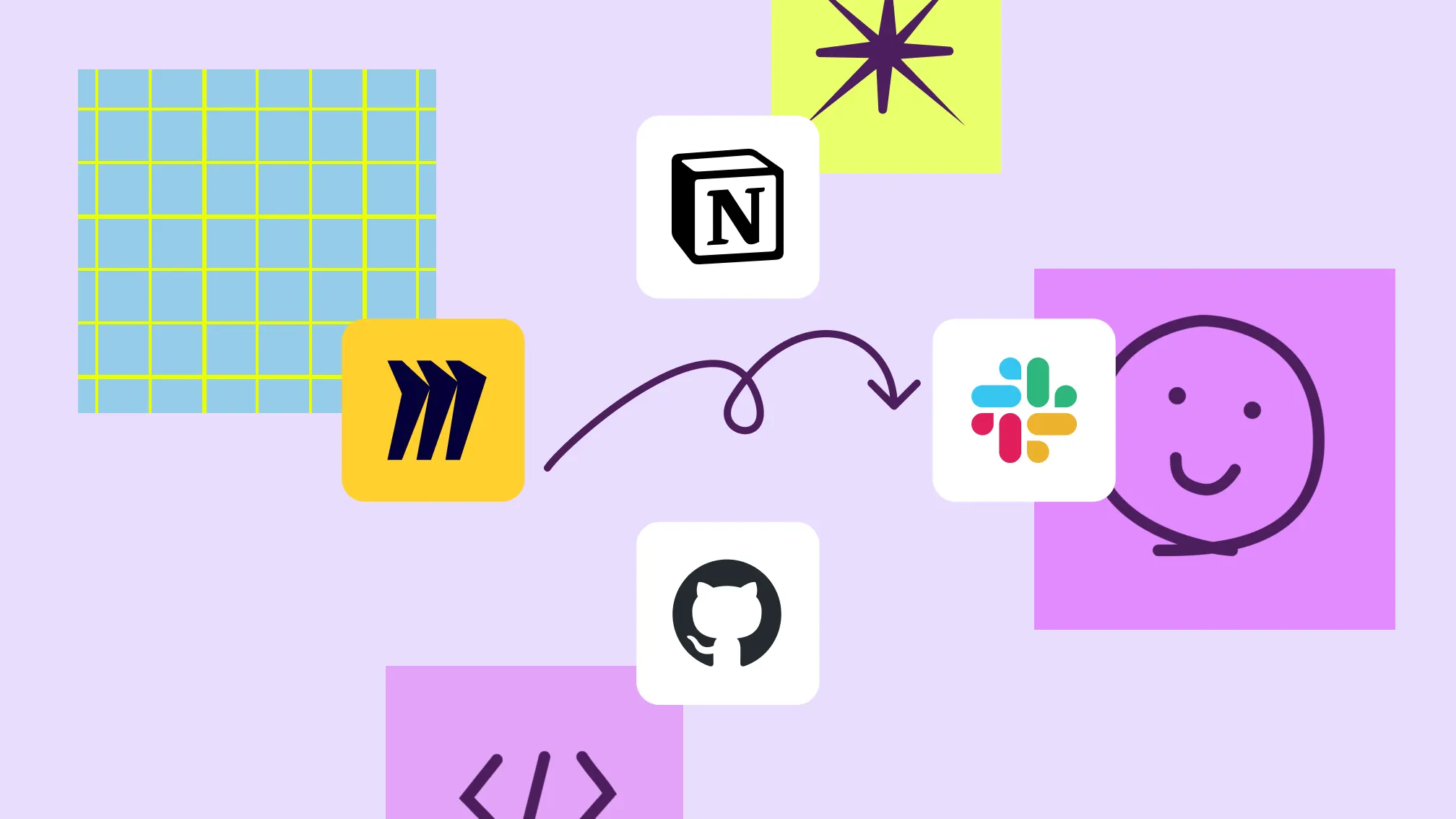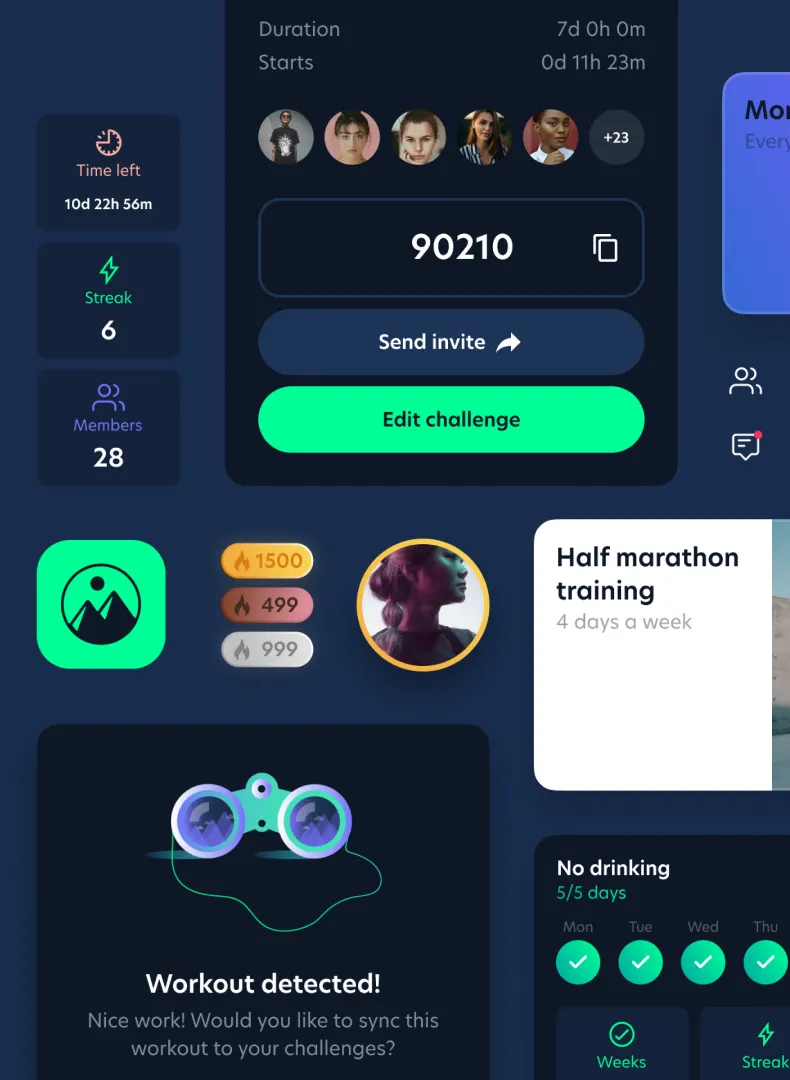To maintain the effectiveness of remote and distributed product teams, designers and software engineers are among the earliest adopters of remote asynchronous collaboration tools. Such cloud-based tools do not require all the team to be active at the same time. Team members can add their contributions to a shared digital space or conversation, whenever they want and wherever they are.
While team messaging or chat tools such as Slack have proved their powerful remote collaboration benefits, designers have also adopted a variety of other specialist tools to support the requirements of digital product creation, such as:
Figma: an asynchronous design collaboration platform with powerful plug-ins, and an integrated online whiteboard, FigJam.
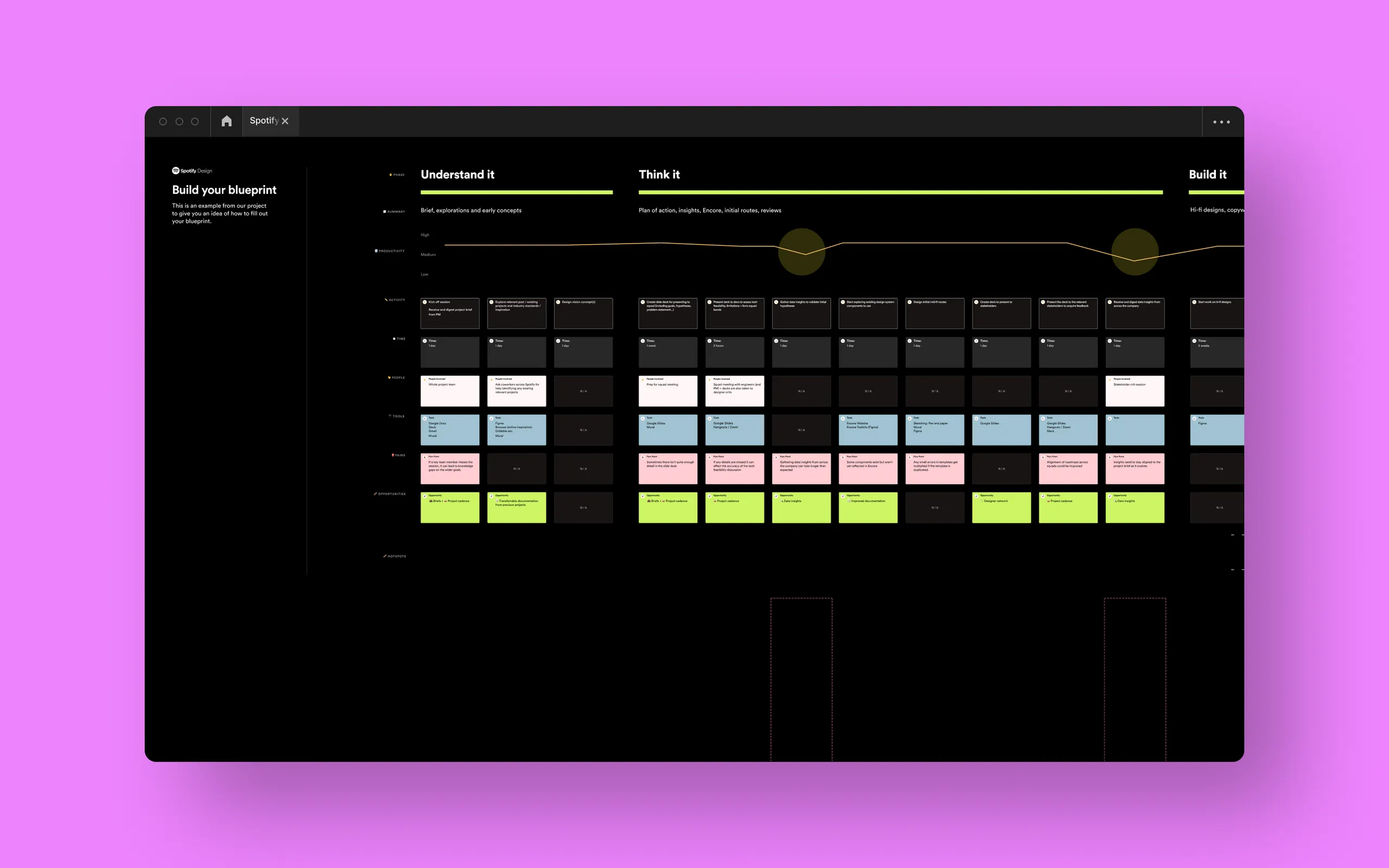
Miro: another tool for visual online collaboration.
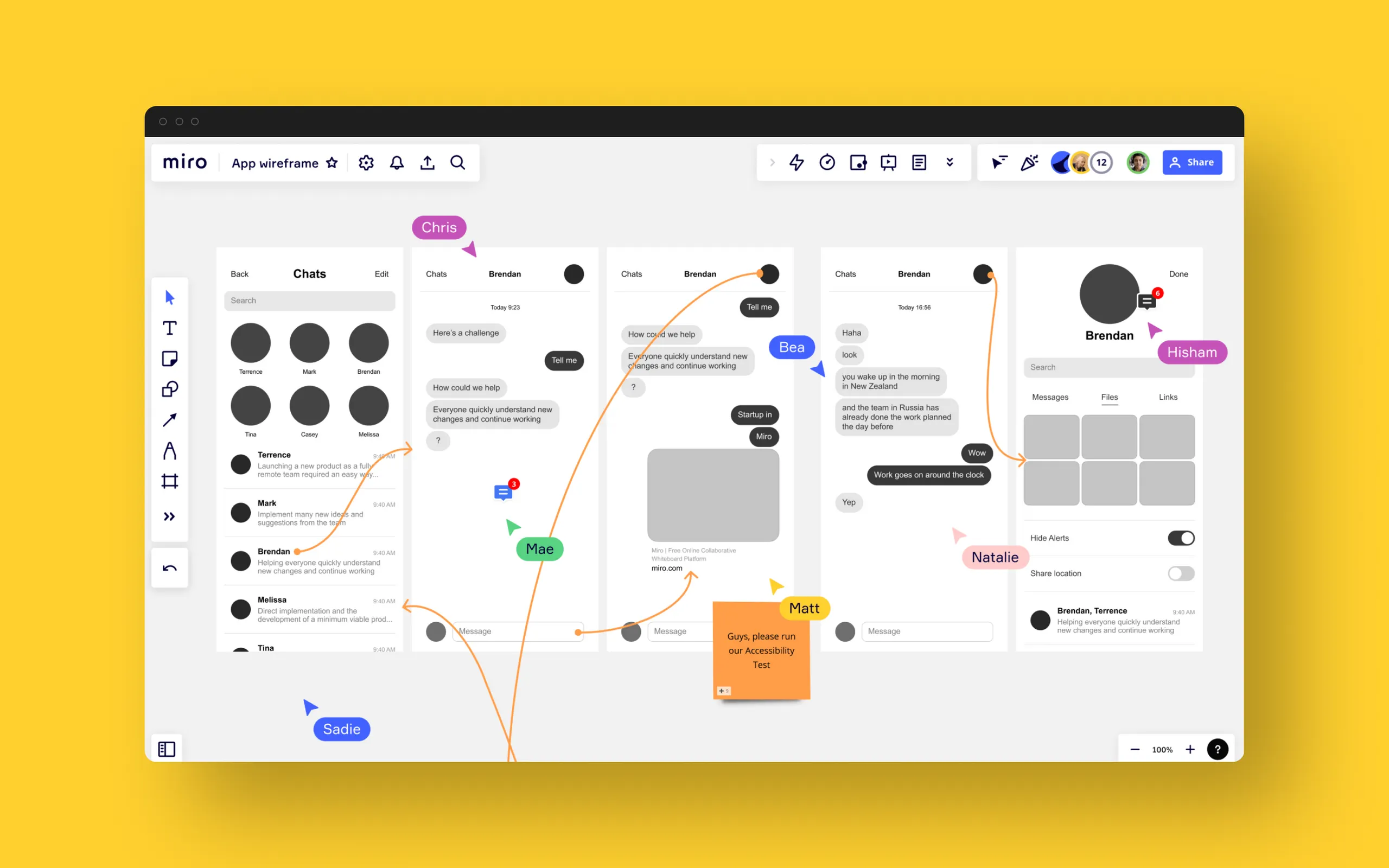
Notion: an online workspace that provides a great way to build a store of knowledge around a problem area or design challenge to solve.
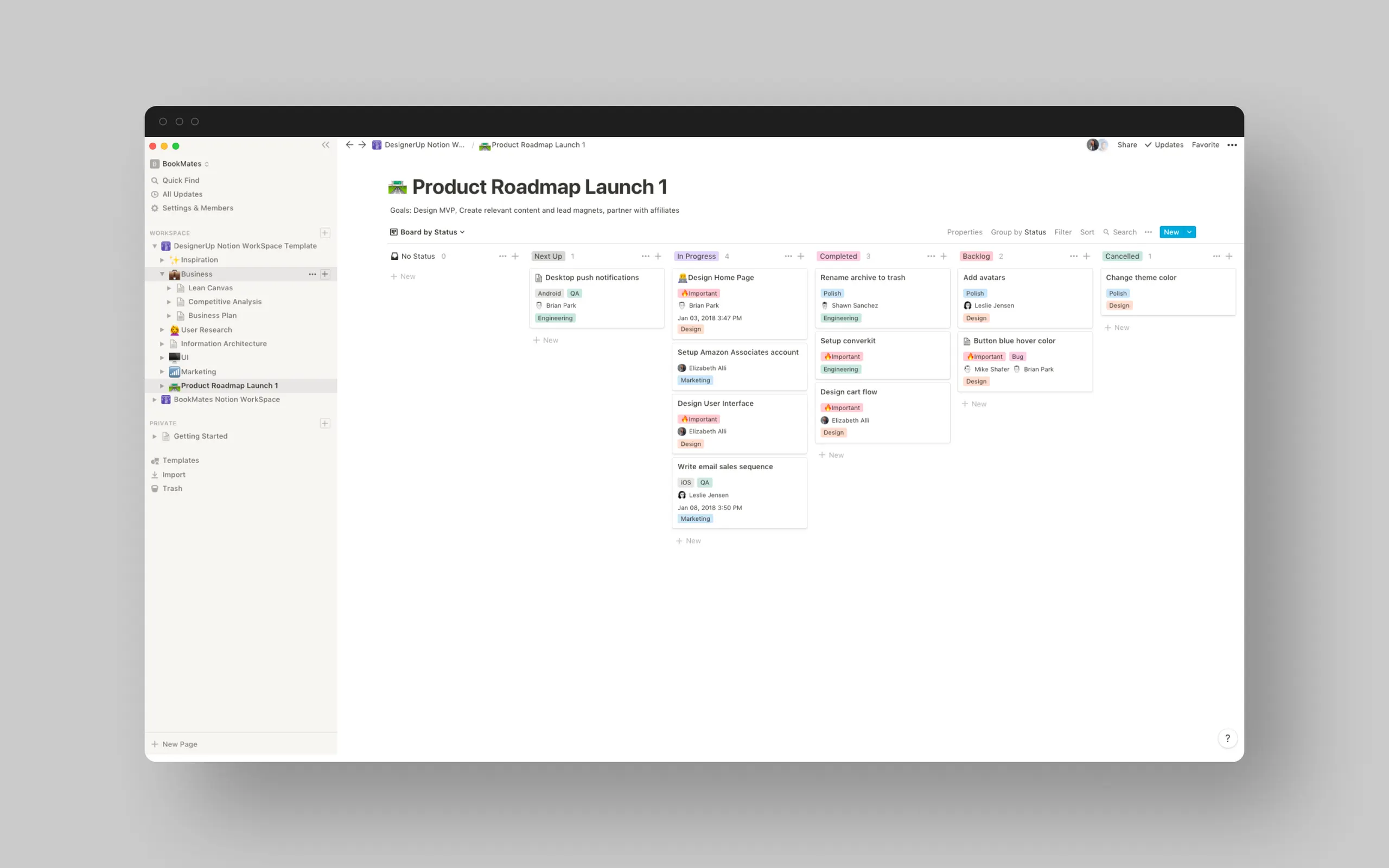
Dovetail: a customer research knowledge platform, ideal for capturing user insights, and spotting themes and patterns in user research.
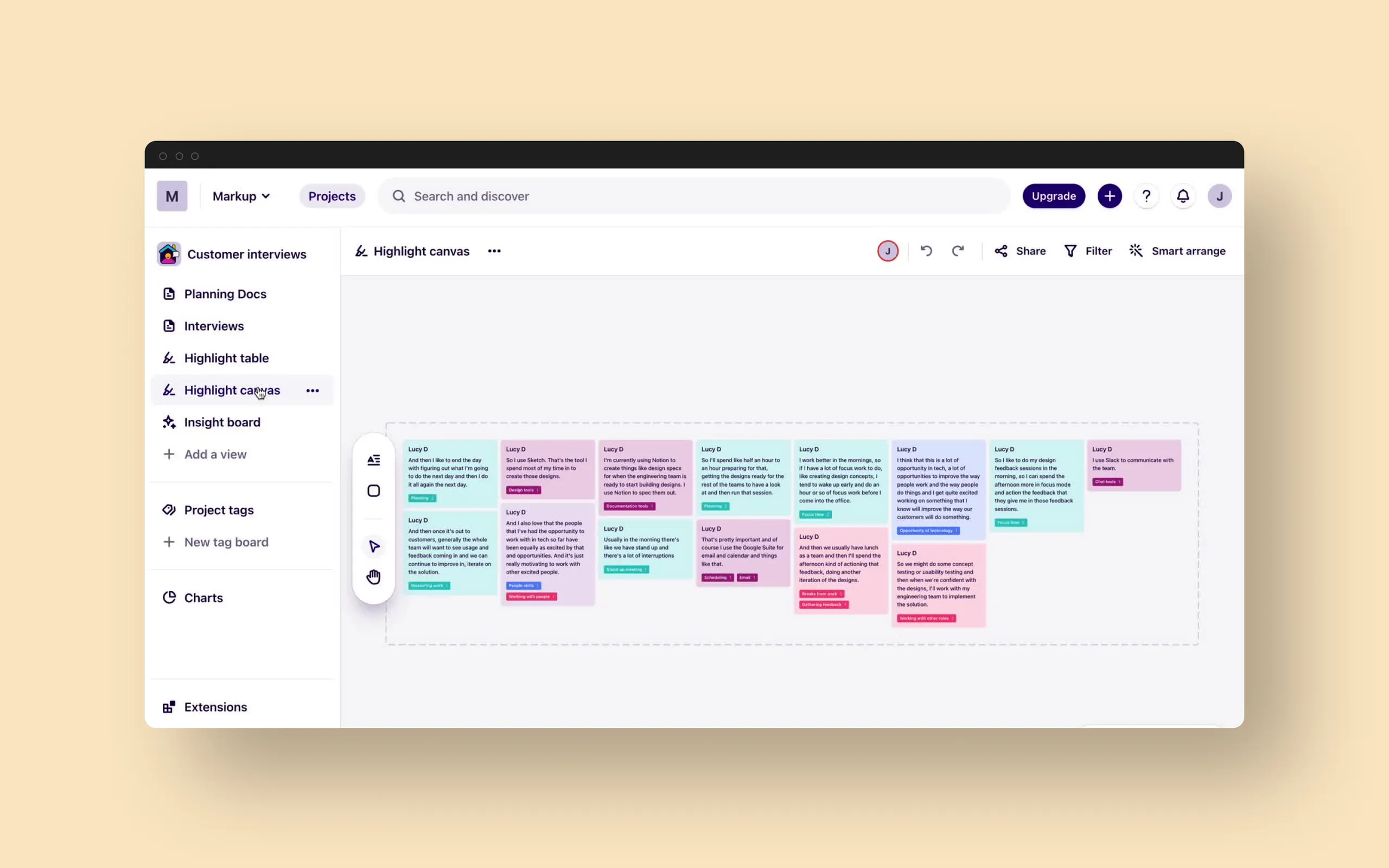
Maze: a collaborative product research platform, useful in gathering user feedback quickly to help guide concept creation.
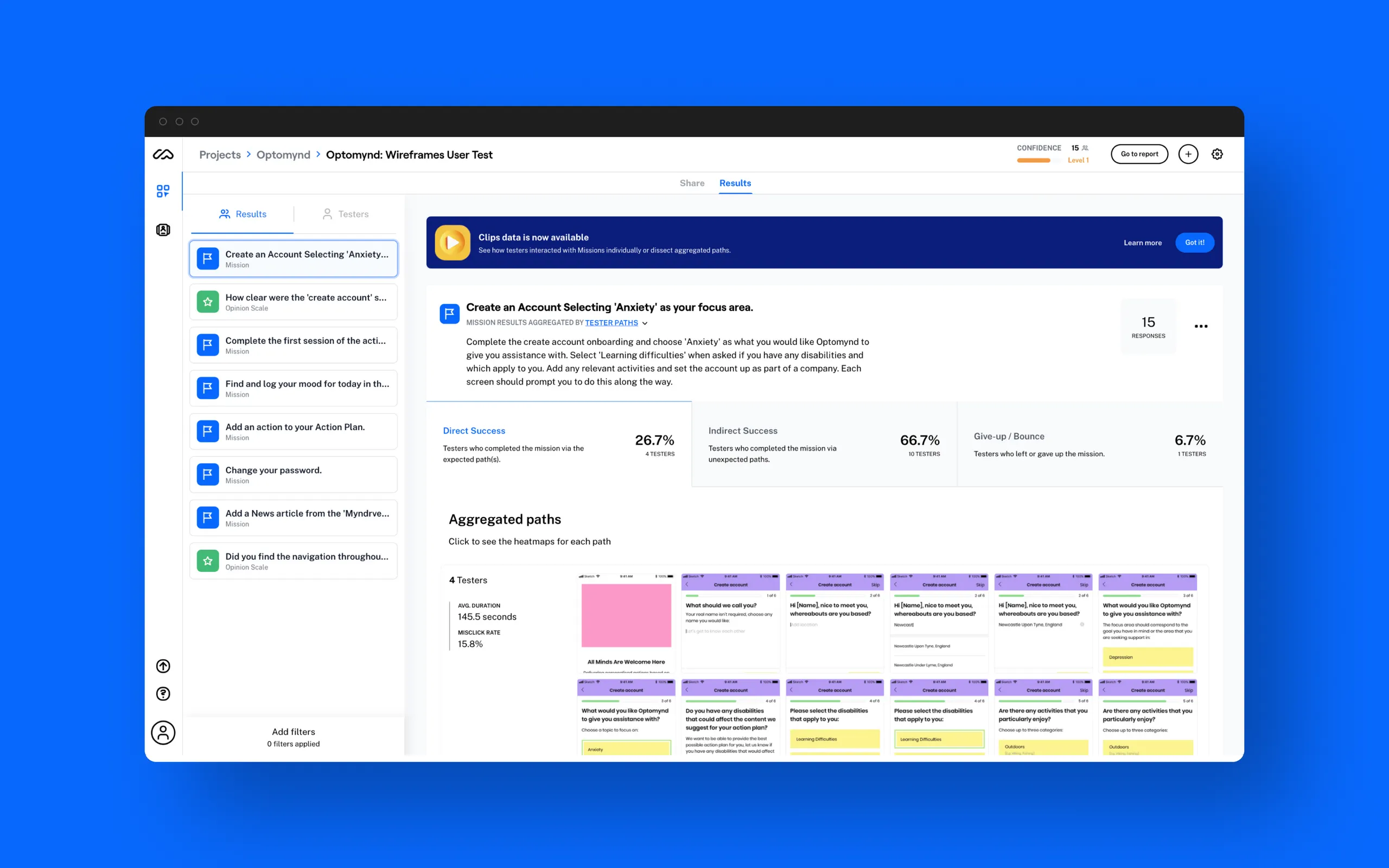
New powerful tools are emerging all the time, so an expert designer will stay abreast of the latest potential additions to their tool-set—in order to keep remote teamwork and collaboration as effective as possible.
But how can your organisation transform the digital experience it provides to customers and employees? The answer is to learn from the power of the latest consumer-grade experiences we are all familiar with outside of the workplace.
So what raises an enterprise digital experience up to the consumer-grade level? Among the key qualities are:
Intuitive
It must be simple and intuitive to use. Today’s consumer platforms such as Facebook and Amazon do not require a user manual. The user interface (UI) of successful consumer applications is clear, natural and obvious to explore and operate, with contextual help and support offered automatically as needed.
Accessible
A modern digital experience must enable the user not only to access it via a PC at the office. It must be equally accessible on the move with the user’s mobile device, whether via a native app or mobile-optimised website.
Resilient
In the past it was accepted that enterprise systems will sometimes go offline for maintenance or upgrades, or occasionally under severe loads. This kind of performance would be unacceptable in a consumer-grade platform. Business customers and users will now be intolerant if they cannot get tasks done at evenings or weekends—or if there are unexpected outages.
Fast
Business people want to get tasks done quickly, and have no patience for laggy performance, long load times or disjointed user journeys. They are accustomed to consumer-grade experiences— where such issues have been smoothed out through extensive user testing, iterative refinements and intelligent process design.
Personalised
People want an experience that is tailored to their needs, behaviour, likes, dislikes, and individual requirements and use cases. The system should learn and remember the way the user likes to work—not the other way around.
Always up-to-date
Users of consumer-grade experiences expect that any issues will be fixed quickly. They want frequent seamless improvements based on their feedback that occur automatically in the background—not a jarring annual version upgrade.
